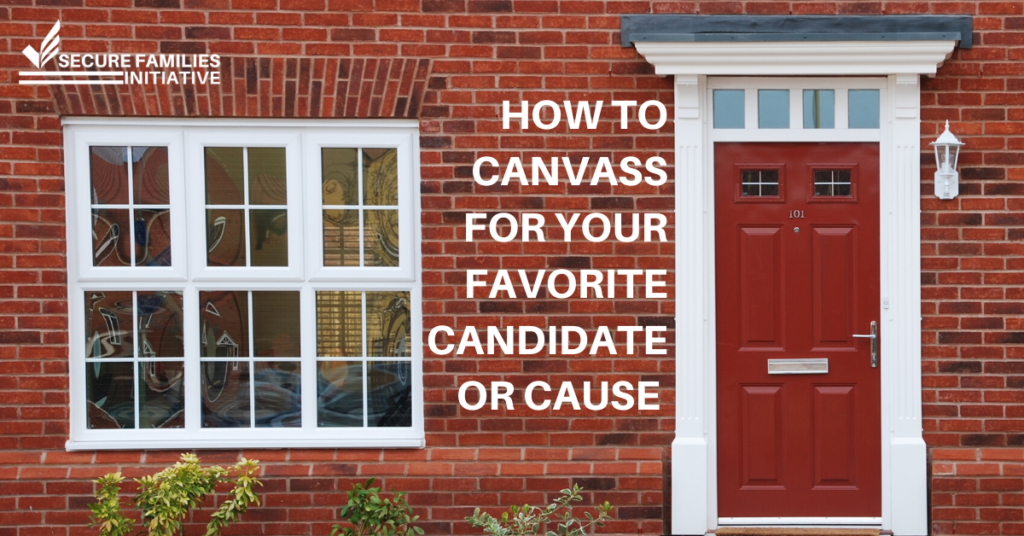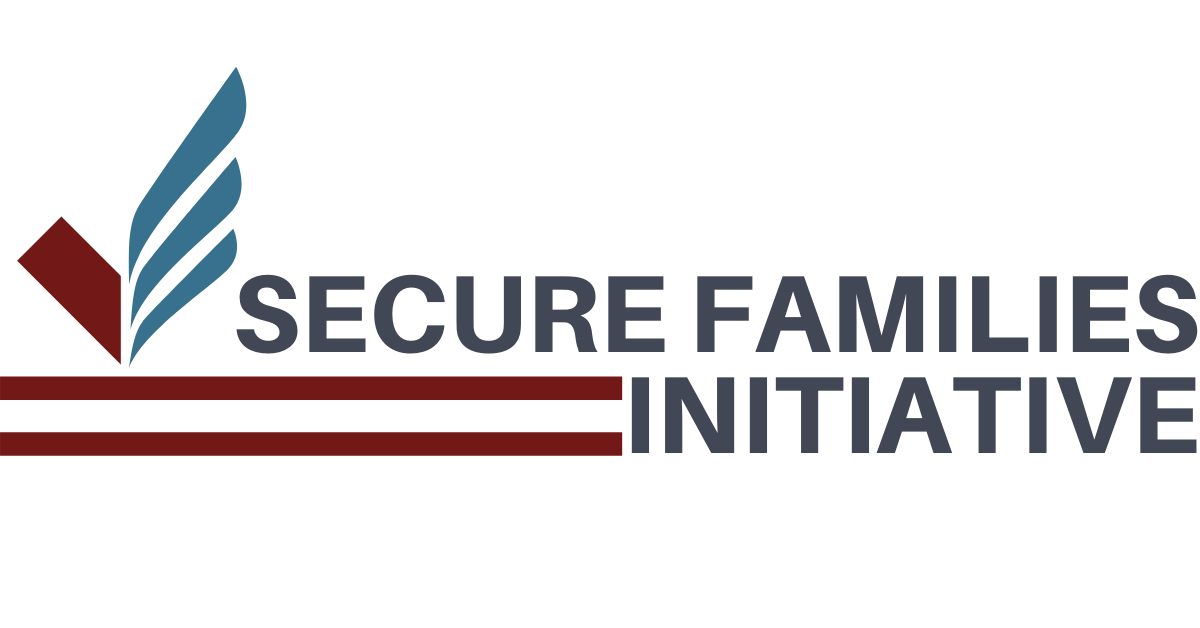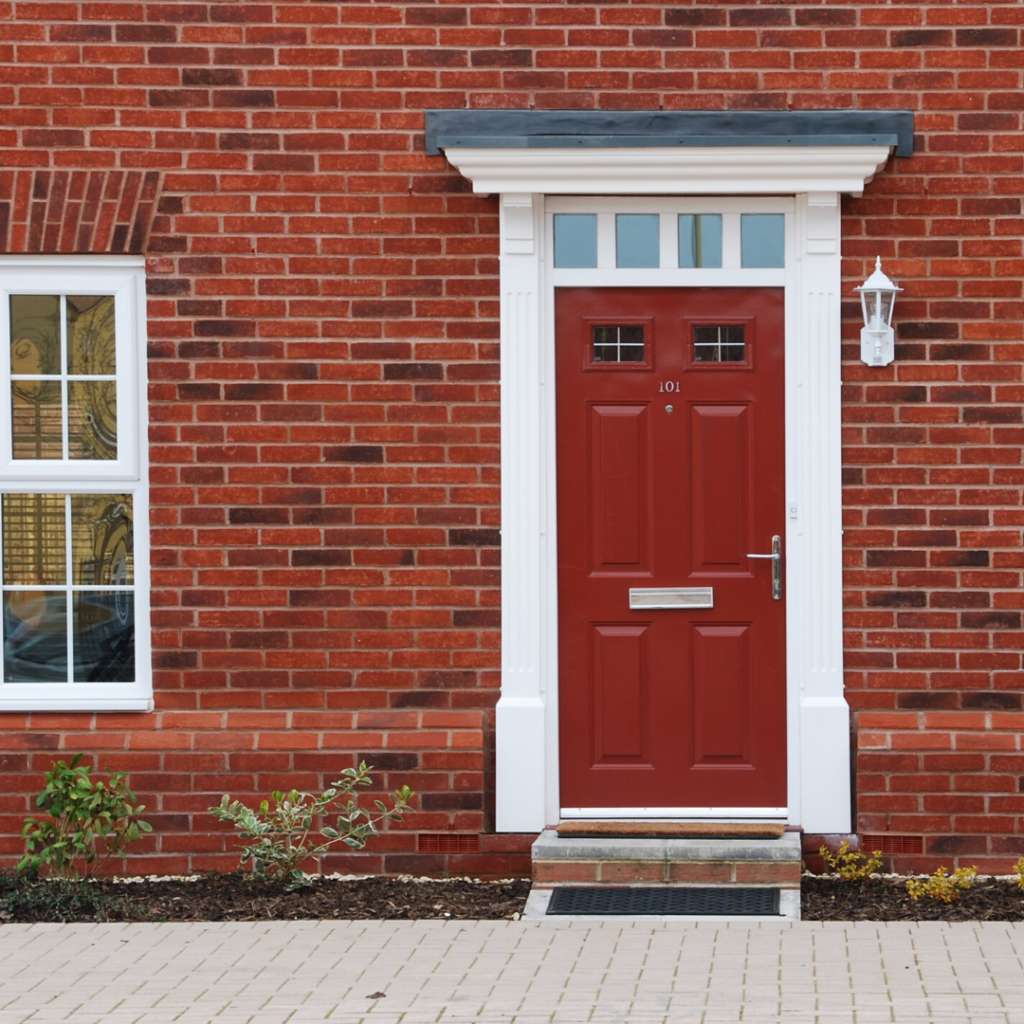The first time I heard a campaign use the term canvassing, I smiled and nodded — and proceeded to Google “what is canvassing?” on my phone when the staffer wasn’t looking.
Canvassing is door-to-door politics.
It’s getting a list of voters, knocking on their door, and having a neighborly chat about why you care about your cause or candidate. Sometimes you canvass to persuade people to vote your way. Other times, you’re simply gathering data or reminding people where their polling place is.
When I learned this, I thought aha! Canvassing is just like selling girl scout cookies! Except instead of offering your neighbors sugar, you’re offering them the opportunity to participate in democracy. You’re also not wearing the cute sashes, although campaigns should really think about adding those to their swag stores…
Very quickly I learned that I was wrong. Canvassing is nothing like my sister’s days as a Brownie, nor is it a lot of what we think:

Canvassing is not:
- Canvassing is not sales — I repeat, NOT SALES! You are not plotting to pry any money out of anyone’s hands. You shouldn’t feel like you’re doing anything manipulative or imposing. “No Soliciting” signs do not apply to you or your free speech.
- It’s also not a debate. You don’t have to know all the answers in order to canvass successfully. People aren’t usually looking for some logical smack-down argument to tell them how to vote. They want to know how this election will affect them and their families. That’s the message that you are perfectly qualified to answer.
- Canvassing is not that scary. Six out of ten doors won’t answer anyway, and those that do are overwhelmingly kind. Even the crotchety ones make for good stories later!
On the contrary, here’s what canvassing is:
- Canvassing is making a personal connection. When you knock on a door, what you’re there to convey is that you are a normal person just like them. You both have bills to pay and dreams to follow. We all have more in common than we do apart.
- When done well, canvassing is also telling a story. Once you’ve determined that you’re talking to the person on your list, introduce yourself. Share a quick sentence or two about why you’re spending hours of your free time supporting this cause or candidate. This is called public narrative, and it’s powerful because your story is irrefutable.
- Canvassing is about listening. Ask what they’re looking for this election and see if you can connect that to your cause or candidate. Take the opportunity to learn what your neighbors care about.
- It’s also a family-friend activity! Trouble getting a sitter? Don’t bother. Whether you’ve got a stroller-aged baby or a politically curious teenager, kids make great conversation-starters. They also remind us why voting is so important.
It helps to prepare in advance. Know your candidate’s biography, or your cause’s origin story. Think about what drives you to vote, cause chances are that might drive them as well. Wear comfortable shoes and bring plenty of water! Maybe go with a buddy the first few times, just until you find your rhythm — also, safety first.
Above all, take comfort in knowing that what you’re doing is so crucial to success. And you’re not alone!

